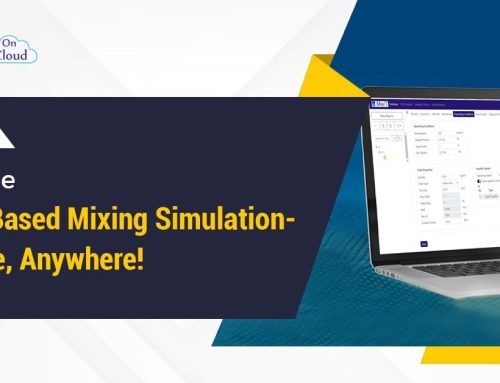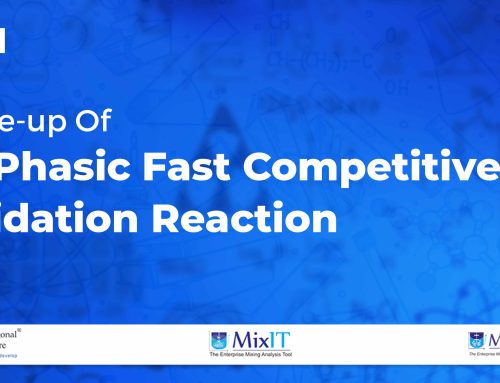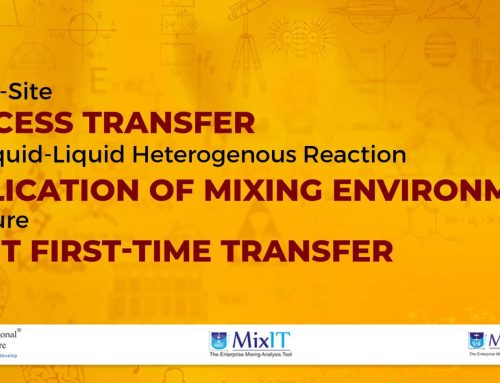San Antonio, TX, USA, June 8th, 2016
Bioreactors have the potential to become integral to the development of high-value products and reducing reliance on existing chemical-based commodity processes. Design of bioreactors for large scale production is complex and time consuming. Production scale reactors can be in the range of a million gallons in volume. The geometry and physical conditions in suchscales leads to inefficient process environment such as non-ideal mixing, nutrient and oxygen distribution, mass transfer and shear rate distribution. Experimental testing in lab and pilot, which are often used to establish the relationship between the reactor hardware and the mixing parameters, are both time-consuming and expensive and does not always help map the underlying influence of reactor hardware and operating protocols on process yields. Relying only on experimental tests increases the process development time scale and time to launch products, thereby affecting the overall cost of the project. A simple solution to all the above-listed challenges is CFD (computational fluid dynamics). Computational fluid dynamics (CFD) technology can be efficiently employed to develop a deeper understanding of the complex interaction between the reactor hardware, the process environment it generates and the process yields. Complementing CFD-based reactor analysis with experimental testing has shown to reduce the process development time while improving robustness of the reactor designs.
Tridiagonal has utilized CFD methods for bioreactor design and scale up. Some problems we have solved are listed below.
Case Study 1
Bio pharmaceutical processes are often shear sensitive. It is important to insure that the strain rate distribution is retained during scale up to reduce cell damage. Reducing impeller speeds to reduce shear could result in inadequate mixing. CFD calculations help generate shear rate histograms showing percent of time spent by fluid parcels in various shear zones. This enables efficient scale-up of a bioreactor from lab scale to production scale when shear is of concern.

Case Study 2
Non-ideal mixing in the bioreactor used to hamper the nutrient transport leading to concentration gradient in the nutrient. Automated CFD analysis was used to determine nutrient profiles and modify the design of existing bioreactors to improve the nutrient transport profile.

Case Study 3
When plant scale designs are evolved is important to understand the hydrodynamics in large scale reactor prior to construction. MixIT provided CFD analysis to predict reactor performance in termsof mixing and gas distribution profiles, power consumption, mass transfer coefficients, oxygen transfer rate and shear rate distribution in the large scale bioreactors have been useful in design analysis and optimization.

Case Study 4
One of our clients from Biopharma industry had to use same reactor for:
1) Scale-up and scale down of their product A.
2) Using the same reactor for different product recipes.
MixIT empowered CFD analysis helped the client come up with insights for modifying the existing hardware to match their scale-up/scale-down needs for different recipes without hampering process economics

For a copy of these case studies please contact us at mixit.marketing@tridiagonal.com
MixIT- The Enterprise Mixing Analysis Tool, is extensively used by our clients globally as a knowledge management, design, and scale-up tool. The MixIT clientele includes various top players in Pharma, Biopharma, Specialty Chemicals, Food & Beverage Manufacturing, Personal Care Manufacturing, etc.
Our list of esteemed clients includes: Novartis, Cipla, Givaudan, Cleveland Mixers, AstraZeneca, AbbVie, etc.
.
Tridiagonal Solutions Inc | 12703 Spectrum Drive | San Antonio | TX 78249 | USA
newsletter-mixit@Tridiagonal.com
Reference Links:








Leave A Comment